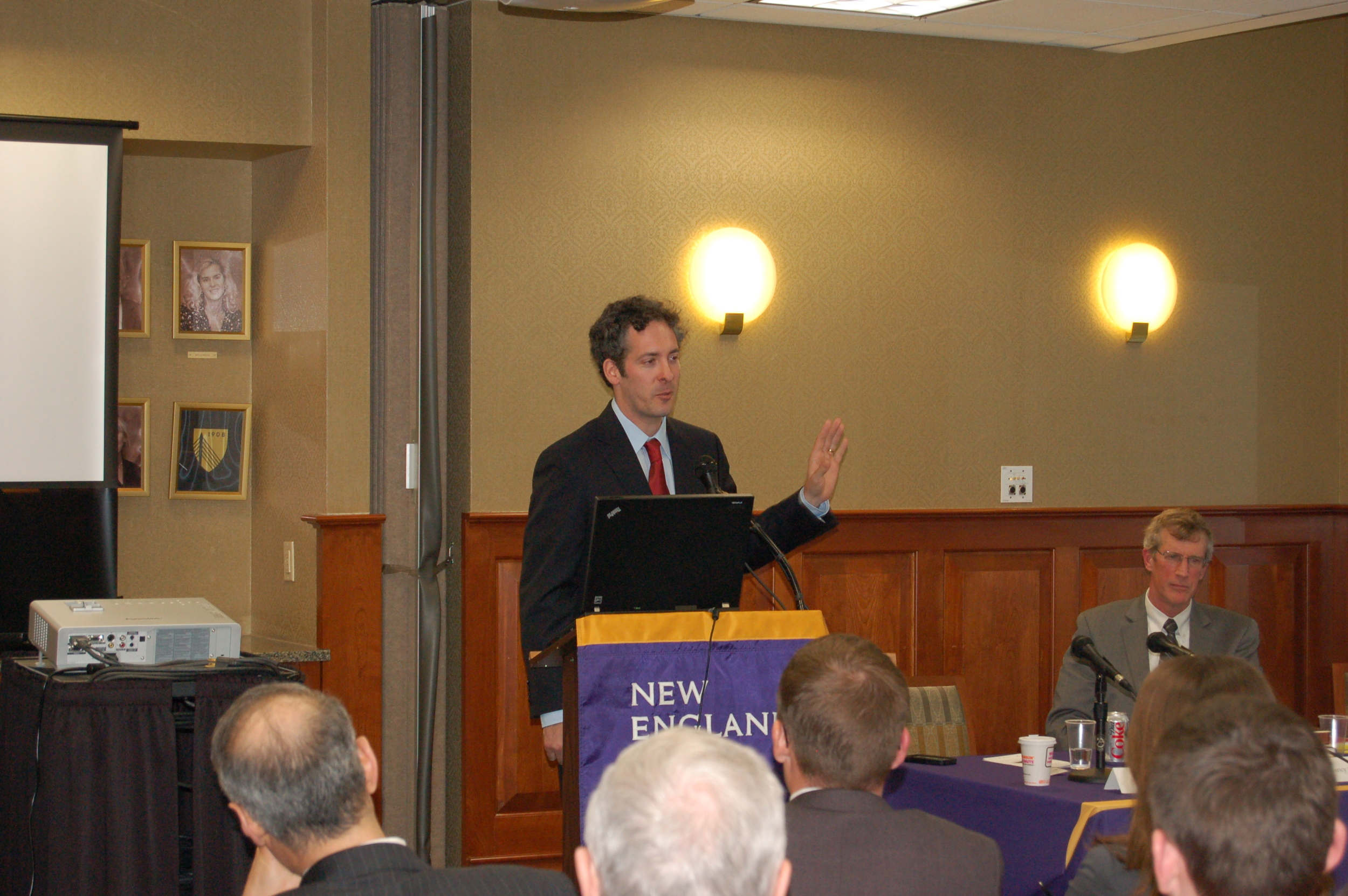Dixmoor Cases
(originally ran 11/9/11) Prosecutors in Chicago vacated the convictions of three men, Robert Taylor, Jonathan Barr, and James Harden, serving sentences ranging from 80-85 years in prison. Taylor, Barr and Harden were convicted as teenagers of raping and murdering a 14-year-old girl in a Chicago suburb in 1991. Police also charged two others, Robert Lee Veal and Shainne Sharp. The five co-defendants and the victim knew each other from school. Veal and Sharp falsely confessed to the crime after police told them that they would receive more lenient prison sentences. Veal and Sharp were sentenced to 20 years in prison, and records indicate that they were released after about 10 years. Veal has learning disabilities and was unable to read at the time he signed a written confession. Despite inconsistencies in the two confessions, and DNA evidence that did not match the five teenagers, all five were convicted. While some people cannot imagine anyone confessing to a crime they did not commit, false confessions remain one of the main factors leading to wrongful convictions.
In 2009, defense attorneys requested new DNA testing in the case. Then, earlier this year, prosecutors re-opened the case after the DNA profile came back matching none of the five original co-defendants, but rather a separate, convicted rapist. When Robert Taylor was asked to describe the feeling of walking out of prison a free man, he summed it up in one word: Beautiful.
UPDATE (12/9/11)- This article catches up with Robert Taylor after several weeks of freedom. Read the story here.
Englewood Cases
UPDATE (1/18/12)- Prosecutors announced yesterday that they would not re-try four men who were convicted of raping and murdering a Chicago woman in 1994. All four were teenagers at the time of the crime and despite DNA testing performed before trial that excluded the four, a jury convicted the men based on their false confessions. Two of the men, Michael Saunders and Harold Richardson were released from prison in November 2011, while Terrill Swift and Vincent Thames had previously been released but were forced to register as sex offenders. Today’s decision officially clears the names of the four, who spent years behind bars for another’s crime.
Read the Chicago Tribune article here.
(originally ran 12/6/11) In the second similar case in two months, a judge vacated the convictions of four Chicago men who falsely confessed as teenagers to the rape and murder of a prostitute in 1994. Although the four confessed to the crime, the confessions varied greatly on the details, including the order that the youths supposedly raped the victim, as well as the number of people involved in the crime. Recent DNA tests conducted returned semen from convicted felon Johnny Douglas, who was in the area the night of the murder, but no DNA was found that matched the four teenagers who confessed to the crime. Although many people cannot understand why a person would ever confess to a crime they did not commit, people will often times view confessing as the only way to escape an often hours long police interrogation; youths are more likely to give false confessions than adults. Although Terrill Swift, Vincent Thames, Michael Saunders and Harold Richardson have had their convictions vacated, they still face a battle to officially clear their names. Douglas passed away in 2008.
Read the NYT article here.




